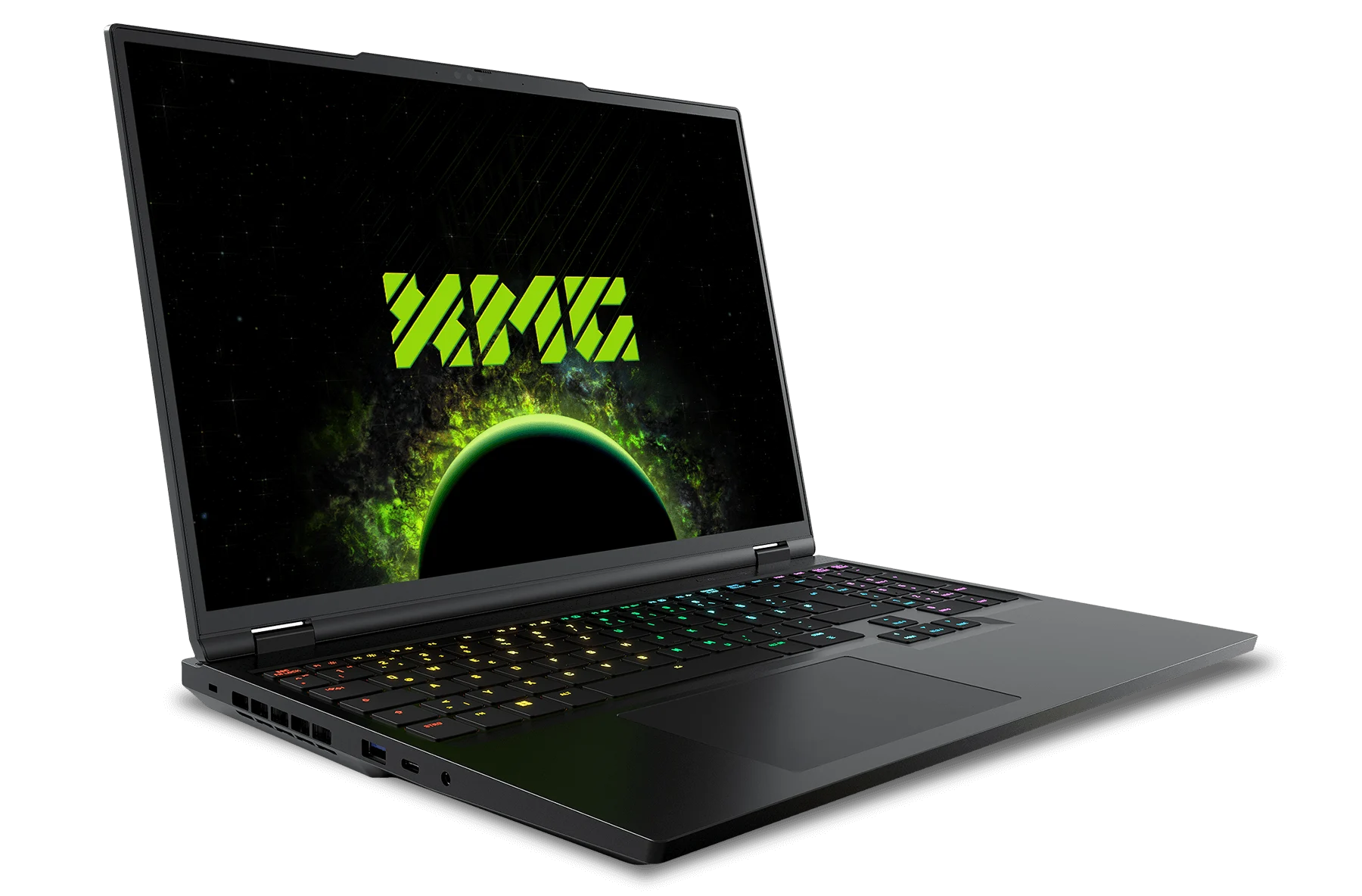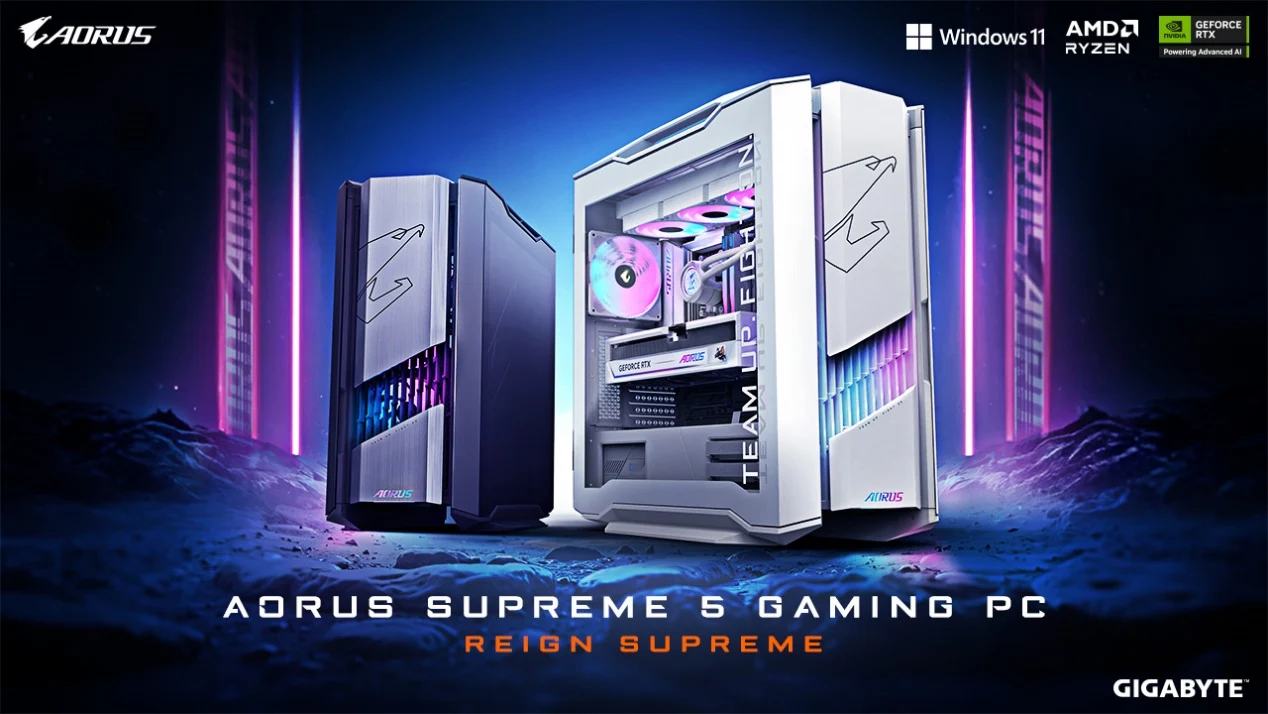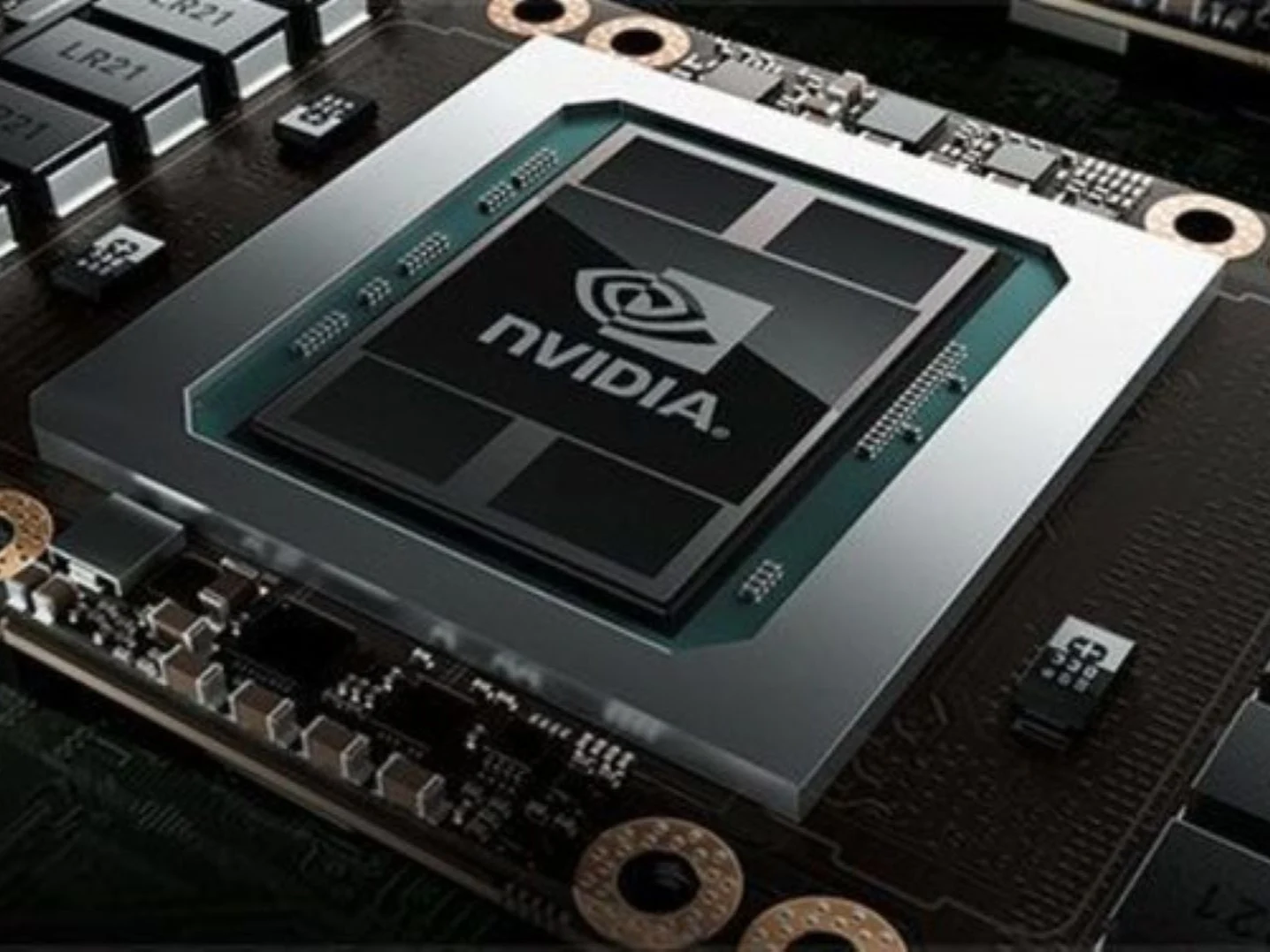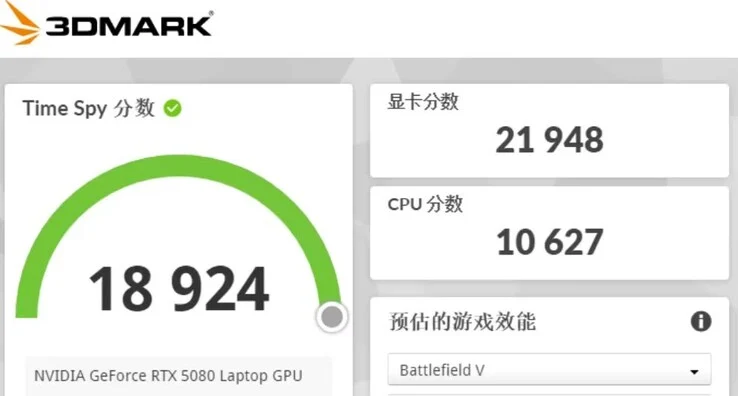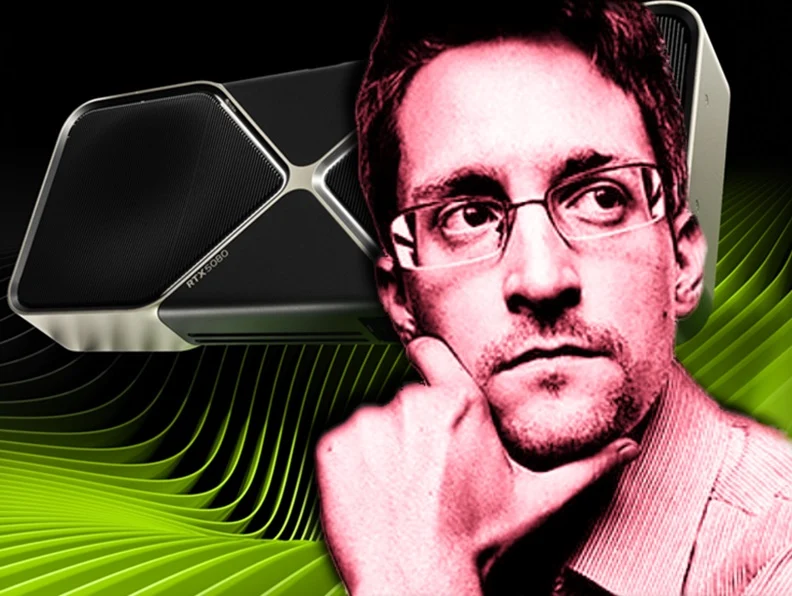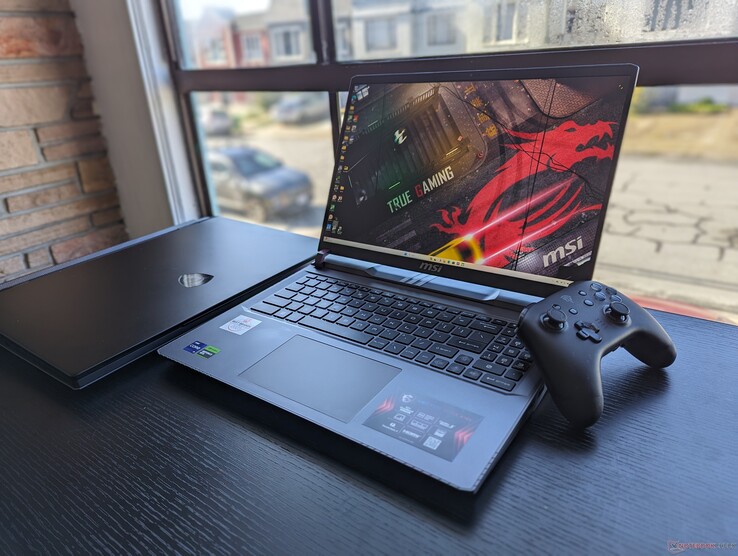Key Takeaways
1. The Asus GeForce RTX 5080 features 16GB of GDDR7 VRAM and is designed for professional users.
2. It has a unique design with an authentic wood front panel and a slim profile, occupying only 2.5 slots.
3. The advanced cooling system includes a vapor chamber, phase-change thermal pad, and three axial fans for optimal performance.
4. It includes an M.2 slot for upgrading storage with a PCIe 5.0 SSD, enhancing performance during demanding tasks.
5. The card features a USB Type-C port for connecting portable monitors and supports daisy-chaining for multiple displays.
Asus is launching a new GeForce RTX 5080 that comes with 16GB of GDDR7 VRAM, specifically targeting professional users. This ProArt version sports a unique design featuring a front panel made from authentic wood. The card is rather slim, taking up 2.5 slots, which should ease the installation of multiple RTX 5080 cards within the same PC case. This could be beneficial for various AI and creative tasks.
Advanced Cooling Mechanism
The cooling system incorporates a vapor chamber, a phase-change thermal pad, and three axial fans, all working together to maintain optimal temperatures for the GPU and graphics memory. Asus asserts that this setup keeps the RTX 5080 both cool and silent; however, the company has yet to provide concrete data to support this assertion. Additionally, an interesting aspect of the graphics card is its M.2 slot, which allows users to upgrade their storage using a PCIe 5.0 SSD. This SSD connects directly to the GPU’s heatsink, ensuring elevated performance during demanding tasks.
New Connectivity Features
Furthermore, the Asus ProArt GeForce RTX 5080 stands out as one of the first RTX 5080 cards to include a USB Type-C port. This port can be utilized to connect portable monitors that can also receive power through USB-C. It even supports daisy-chaining, enabling multiple displays to operate from a single USB-C connection. The specifics regarding clock speeds and power consumption are anticipated to be shared soon.
As of now, Asus has not disclosed the official price and launch date on the product page. Nonetheless, it is expected that the ProArt version will be pricier than the Asus Prime GeForce RTX 5080 OC Edition, which is listed at $1,320 but is currently available for over $1,800 on Amazon.
Source:
Link




